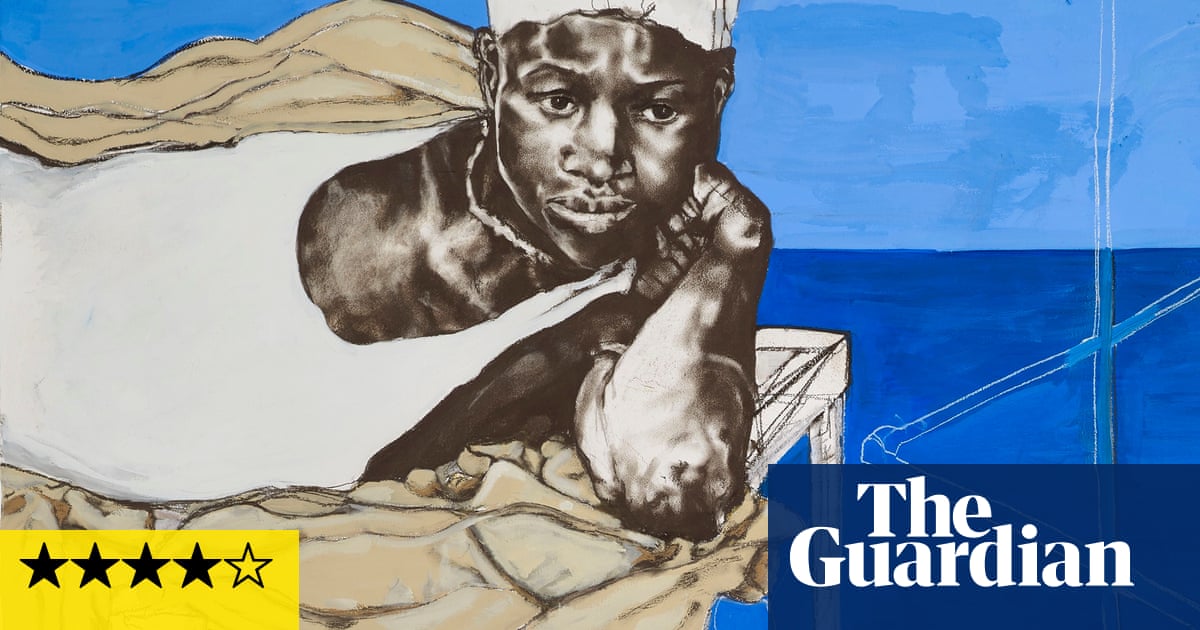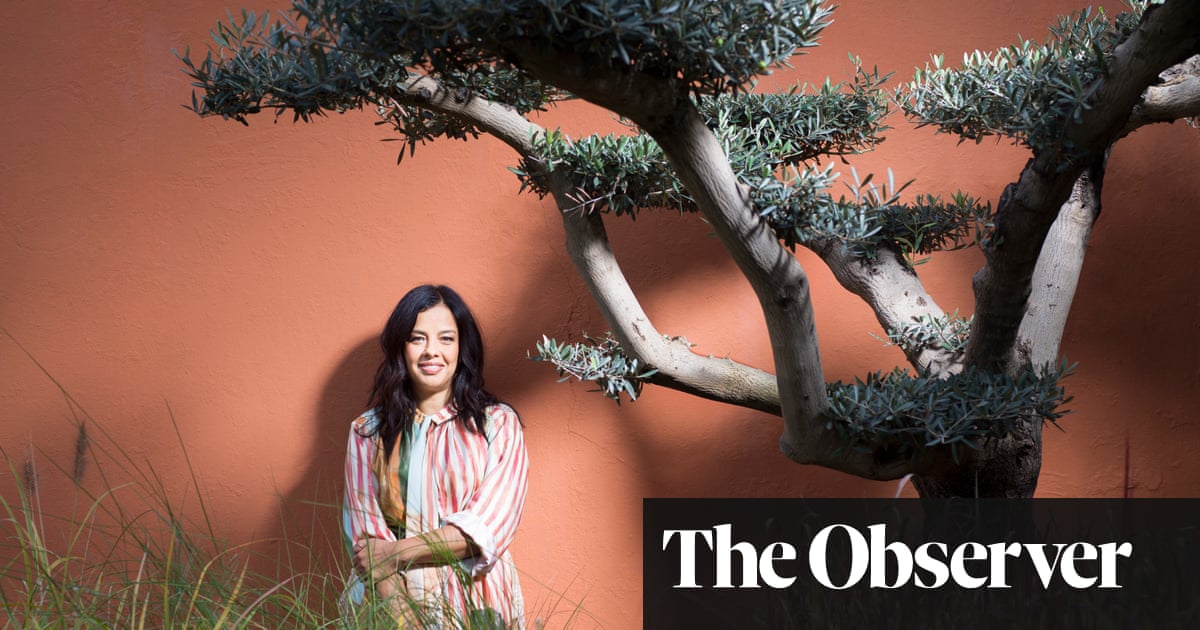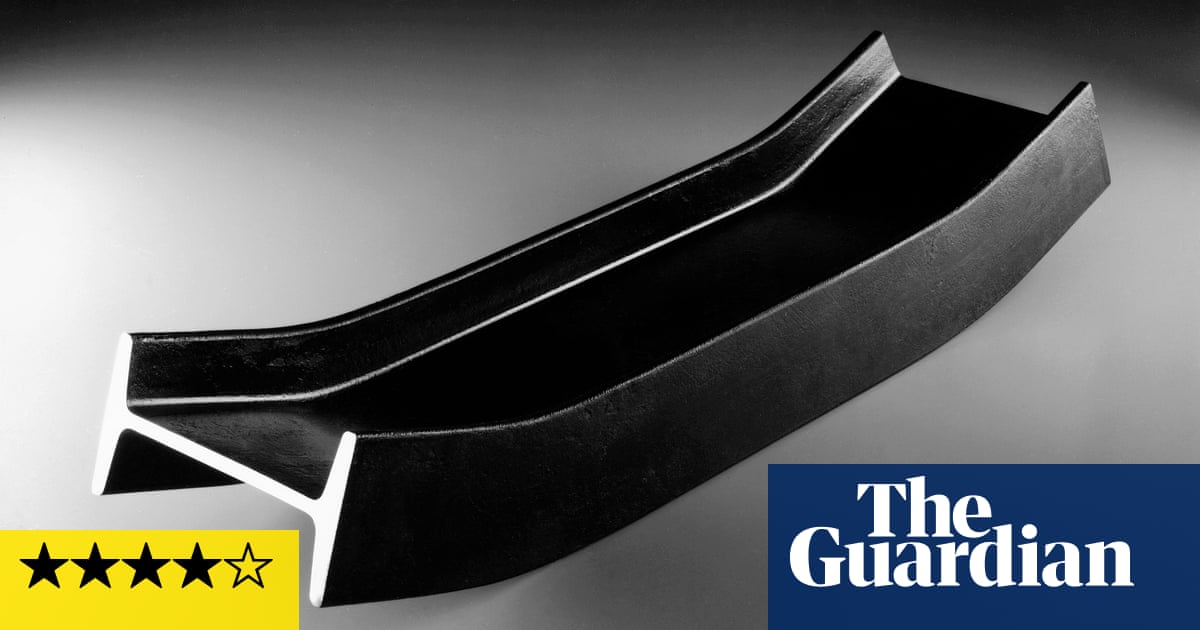
It’s no secret that the first European modernists were obsessed with Japan. In Manet’s Portrait of Zola, the novelist has a print of a wrestler by Utagawa Kuniaki II and a painted Japanese screen in his study. The Japanese artists most imitated by the likes of Van Gogh and Whistler were woodblock printmakers such as Hiroshige and Hokusai who had flourished in the early 1800s. It’s a curious mirror image to see how, while they looked east, their contemporary Kawanabe Kyōsai was looking west. His paintings on scrolls and woodblock prints, made from the 1850s to his death in 1889, are full of witty portraits of Europeans and a not always happy marriage of Japanese and western styles.
The Japan into which Kyōsai was born had kept its borders closed for centuries. His lifetime saw the first visit by an American fleet, the end of the Tokugawa shogunate that had restricted foreign contact, the legalisation of Christianity and the coming of railways and the telegraph. He’s constantly making satirical swipes at these changes. In one picture Jesus is portrayed on the cross, holding a fan. In another Mr Punch, from Punch magazine, features as a demon. More demons attend a strict western-style school in a satire on educational reforms.
Yet in spite of Kyōsai’s apparent ambivalence about all these new western ways, he enthusiastically embraces European art. He seems to have seen a lot of English satirical prints – not just Punch but the earlier, wilder art of James Gillray and Thomas Rowlandson. In his painting Party in a Hotel in Suez, Japanese people mingle with European travellers in a boozy cosmopolitan gathering that’s like Hogarth on sake. Apparently Kyōsai was extremely fond of the sake. There’s a whole bunch of paintings here that he did with dozens of friends at art festivals, drinking as they drew.
The results are quirky and engaging. In one scroll painting, Kyōsai contrasts peoples of the world: a European couple, with the man in a top hat, Kyōsai’s universal attribute of western males, along with Inuit, Chinese, Indonesian and Thai people, who are all watched curiously by a Japanese couple. He’s registering the human carnival to which Japan has opened itself. In a woodblock print from 1863 called Foreigners and Samurai, outsiders directly confront the traditional Japanese elite, as howling and grimacing Europeans point angrily at cross-legged samurai, with swords, who grin, mock and look tough in return.
As the catalogue explains, Japan was under pressure at the time to compensate Britain for the killing of a merchant. European battleships menaced Yokohama to demand the fine. Kyōsai is appealing to popular opinion that was nationalist and pro-samurai.
Satirical art is difficult to exhibit because you need to know its context: Gillray’s scathing comments on Georgian politics often need so much explication the humour dies among texts. This exhibition spurns long explanatory labels for a highly aesthetic display in three long rooms in protectively lowered lighting. But the detailed political commentary you can find in the catalogue is in fact necessary to understand it all. Without that, you are drawn to simpler, bolder images such as a painting of Shōki the demon-queller, eyes glaring, sword arm flexed: or a series of arrestingly real depictions of squat crows perching on branches. These crows are uneasily modern in their raw, stark realism. His huge Night Procession of One Hundred Demons, painted across two screens of six panels each, is a wild, hilarious comedy depicting a legend that if pots, pans and other household items are left for a century, they come to monstrous life. The creatures have plates, scrolls, lampshades still stuck in their freakish anatomies.
Yet there’s a sense of loss and disappointment. While Japanese art was helping European painters escape their obsession with mundane reality, Kyōsai’s fantastic imagination is blunted by touches of European pedantry. His attempts to imitate English caricature are fun, yet you can see the originality and power of the tradition he works in starting to ebb away, curbed by the need to be more western. Japan was never conquered by Europe but its art seems to surrender here to the tyranny of the top hat. That makes Kyōsai an intriguing figure from history but not an artist who uplifts us like a great wave.
Kyōsai: The Israel Goldman Collection is at the Royal Academy, London, from 19 March to 19 June












